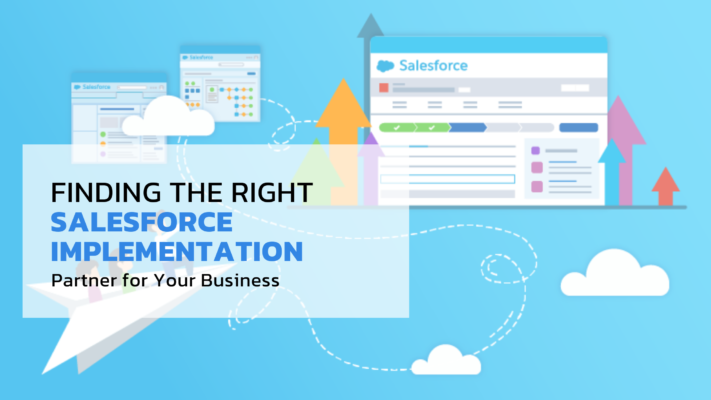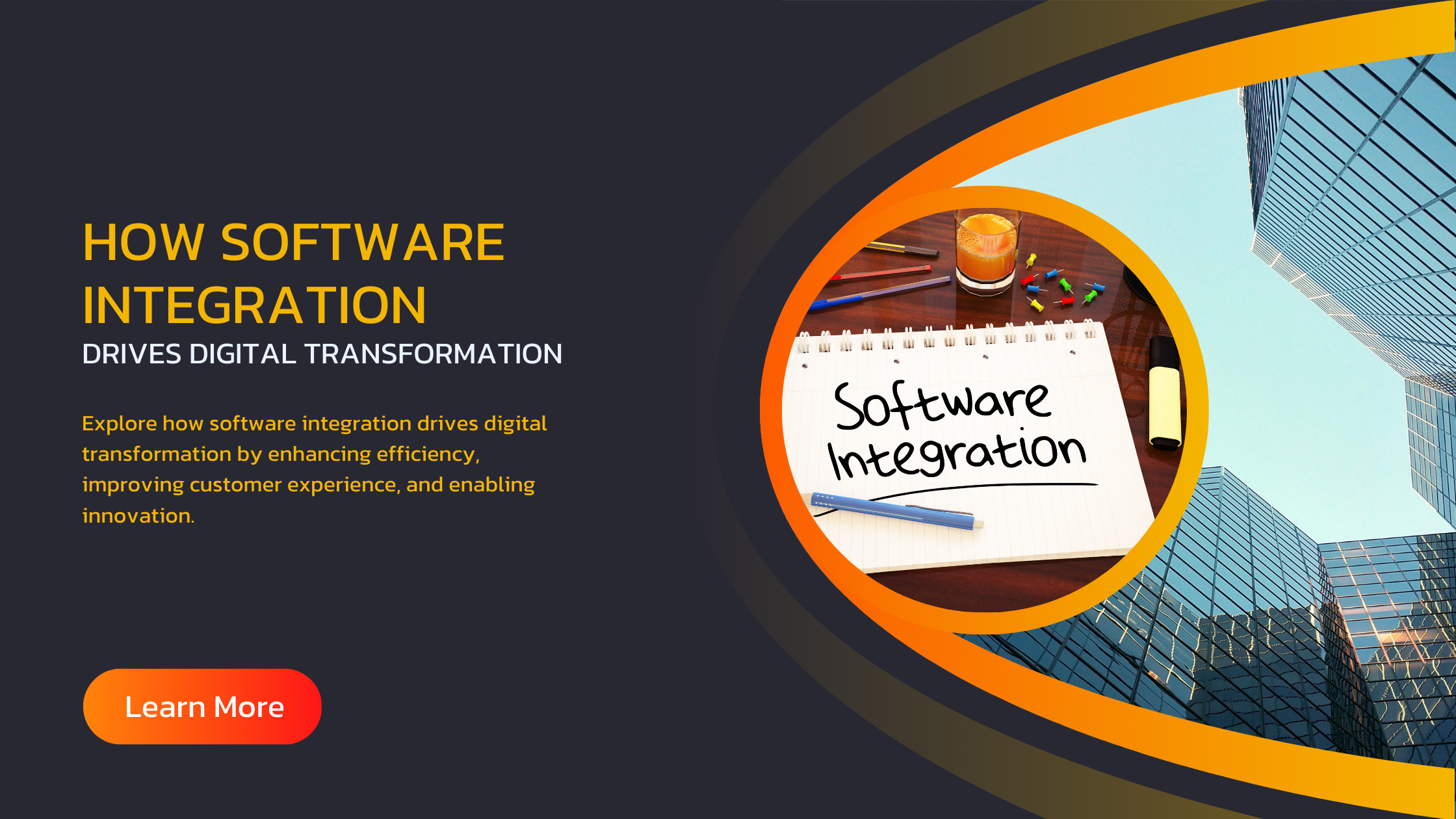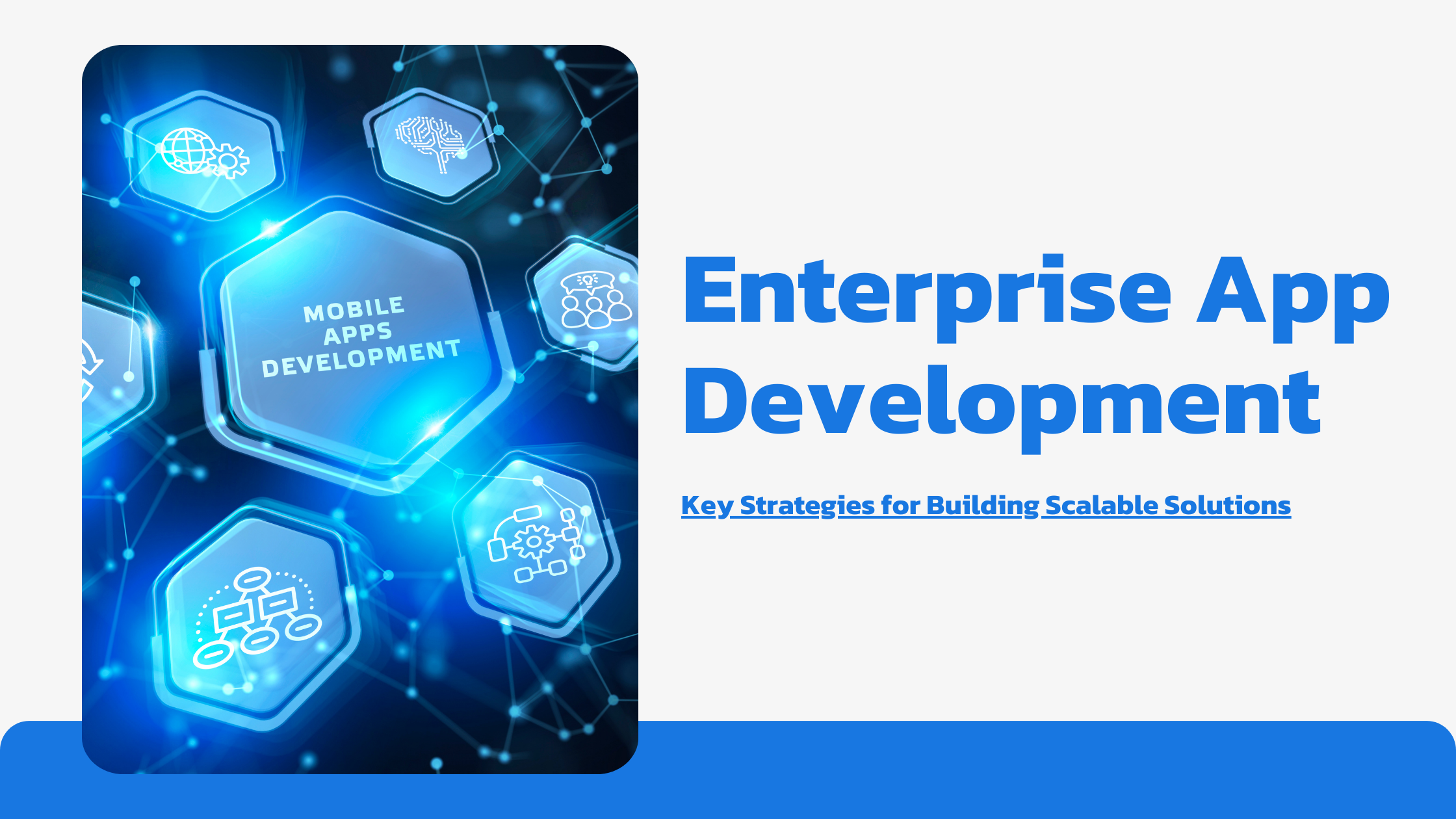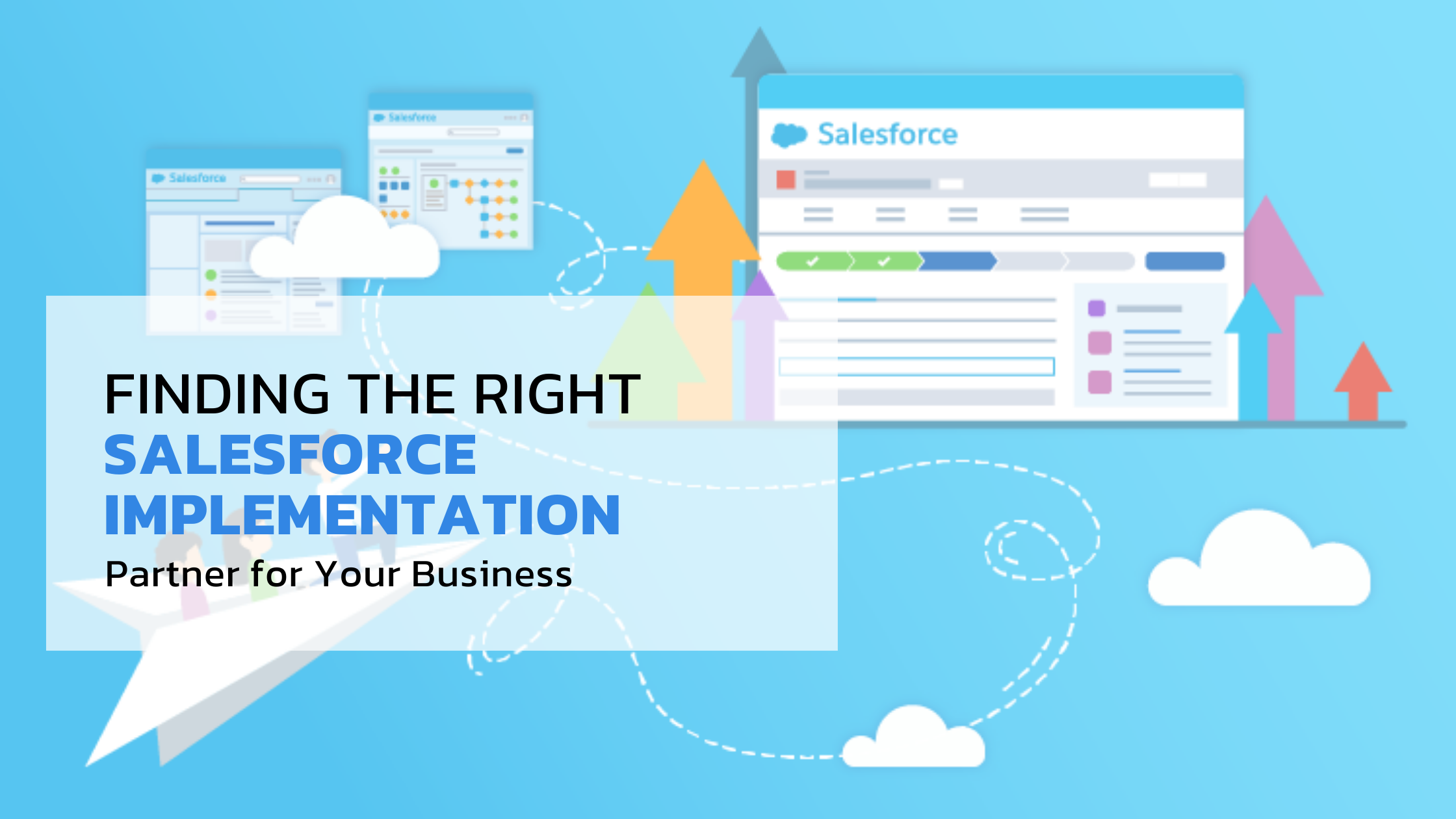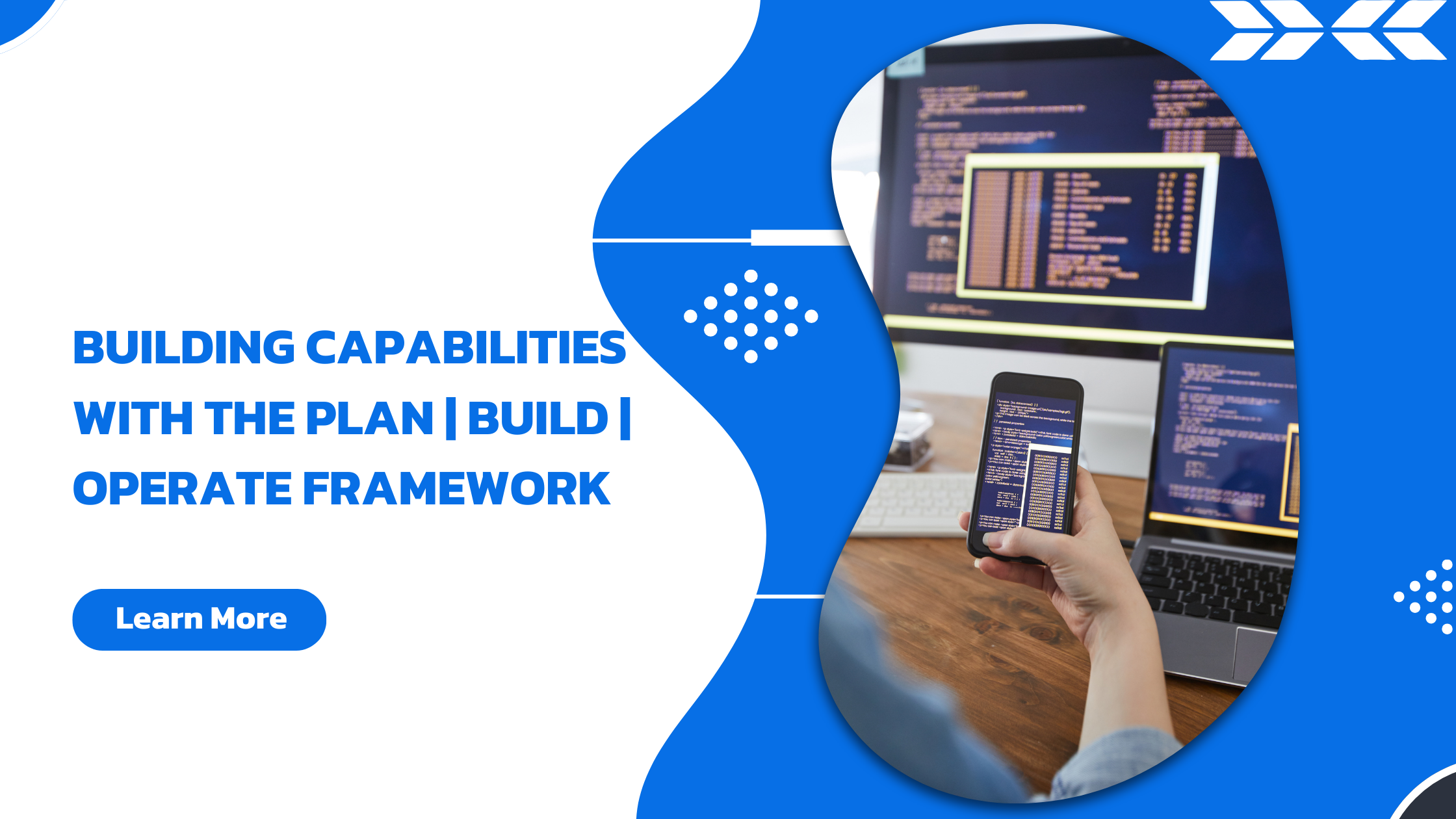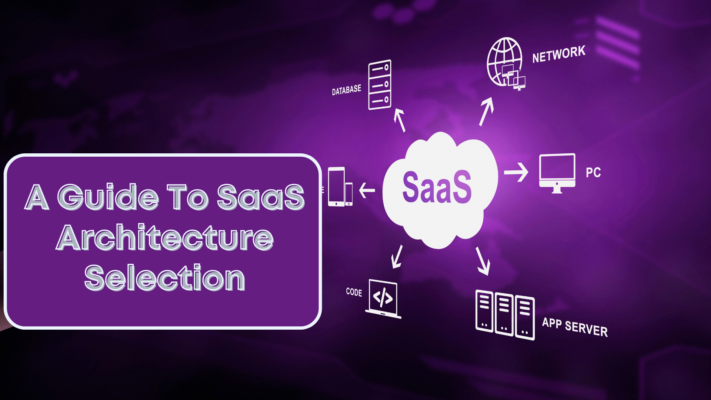
- March 20 2024
- admin
In the ever-evolving landscape of software development, selecting the right SaaS architecture is a critical decision that can profoundly impact your startup’s future success. As a founder or decision-maker, you’re tasked with the responsibility of ensuring your product not only meets the current market demands but also positions your company for long-term growth and scalability. This blog post aims to guide you through the intricate process of choosing an SEO-friendly SaaS architecture, drawing insights from industry leaders and renowned surveys.
According to Gartner’s “Magic Quadrant for Enterprise Low-Code Application Platforms” report, the demand for flexible and scalable SaaS architectures is on the rise, with businesses seeking solutions that can seamlessly adapt to changing market conditions. Similarly, Forrester’s “The Total Economic Impact of Low-Code Platforms” study highlights the significant cost and time savings that can be achieved by adopting a well-designed SaaS architecture.
The Importance of SaaS Architecture Selection:
SaaS architectures form the backbone of modern software applications, governing their functionality, performance, and scalability. Choosing the right SaaS architecture is crucial for several reasons:
1. Scalability: As your startup grows, your SaaS architecture needs to accommodate increasing user traffic, data volumes, and computational demands seamlessly.
2. Flexibility: The ability to adapt to evolving user requirements, market trends, and technological advancements is essential for long-term success.
3. Cost-effectiveness: An optimized SaaS architecture can significantly reduce operational costs, infrastructure expenses, and maintenance overhead.
4. Security and Compliance: Robust SaaS architectures ensure data protection, privacy, and adherence to industry-specific regulations.
5. Search Engine Optimization (SEO): An SEO-friendly SaaS architecture can enhance your website’s visibility, organic traffic, and user engagement.
Understanding SaaS Architecture Components:
Before delving into the selection process, it’s crucial to understand the key components that make up a SaaS architecture:
1. Front-end: The user interface and presentation layer, often built with technologies like React, Angular, or Vue.js.
2. Back-end: The server-side logic and application programming interfaces (APIs), are commonly developed using languages like Node.js, Python, or Java.
3. Database: The data storage and management system, which can be relational (e.g., MySQL, PostgreSQL) or non-relational (e.g., MongoDB, Cassandra).
4. Caching: Temporary data storage mechanisms for improving application performance and reducing server load.
5. Cloud Infrastructure: The underlying computing resources, such as virtual machines, containers, or serverless functions, provided by cloud platforms like AWS, Google Cloud, or Microsoft Azure.
6. DevOps and Continuous Integration/Continuous Deployment (CI/CD): Processes and tools for automating software deployment, monitoring, and maintenance.
SEO-Friendly SaaS Architecture Considerations:
When selecting a SaaS architecture for your startup, it’s essential to consider SEO-friendly practices that can boost your online visibility and organic traffic. Here are some key factors to keep in mind:
1. Server-side Rendering (SSR): Implementing SSR can improve page load times, enhance crawlability for search engines, and provide a better user experience, especially for content-heavy applications.
2. Progressive Web Apps (PWAs): PWAs combine the best of web and native mobile app experiences, offering fast load times, offline functionality, and improved engagement, all of which can positively impact SEO.
3. Content Delivery Networks (CDNs): Leveraging CDNs can accelerate content delivery, reduce latency, and improve website performance, which is a crucial ranking factor for search engines.
4. Structured Data and Semantic Markup: Incorporating structured data and semantic markup, such as Schema.org or JSON-LD, can enhance your website’s visibility in rich snippets and voice search results.
5. Responsive Design: Ensuring your SaaS application is optimized for different devices and screen sizes can improve user experience and mobile-friendliness, both of which are essential for SEO.
6. Headless Architecture: By decoupling the front-end and back-end components, a headless SaaS architecture can enable better content management, faster delivery, and improved SEO performance.
Evaluating SaaS Architecture Options:
With an understanding of the key components and SEO considerations, it’s time to evaluate the various SaaS architecture options available to your startup. Here are some popular choices:
1. Monolithic Architecture: In this traditional approach, the entire application is built as a single, self-contained unit, with the front-end, back-end, and database tightly coupled. While monolithic architectures can be suitable for small-scale applications, they can become increasingly complex and challenging to maintain as your startup grows.
2. Microservices Architecture: This approach breaks down the application into smaller, independent services that communicate with each other through APIs. Microservices architectures offer greater flexibility, scalability, and maintainability, but can also introduce complexities in service orchestration and communication.
3. Serverless Architecture: By leveraging cloud providers’ serverless offerings, such as AWS Lambda or Google Cloud Functions, your startup can benefit from automatic scaling, reduced operational overhead, and a pay-per-use pricing model. However, serverless architectures may not be suitable for all use cases and can introduce potential vendor lock-in risks.
4. Headless Architecture: As mentioned earlier, a headless architecture separates the front-end and back-end components, enabling greater flexibility in content management, delivery, and presentation across multiple channels (e.g., websites, mobile apps, voice assistants).
5. Containerized Architecture: By packaging applications and their dependencies into lightweight containers, containerized architectures facilitate portability, scalability, and easier deployment across different environments. Popular container technologies include Docker and Kubernetes.
6. Event-Driven Architecture: In this approach, components communicate through events, enabling loose coupling and greater responsiveness to user actions or system events. Event-driven architectures can be particularly useful for real-time applications or those with complex workflows.
Evaluating SaaS Architecture Options: A Comprehensive Approach:
When evaluating the various SaaS architecture options, it’s essential to consider a comprehensive set of factors that align with your startup’s unique requirements and long-term goals. Here’s a framework to guide your decision-making process:
1. Scalability and Performance Requirements: Assess your current and projected user traffic, data volumes, and computational demands. Consider the ability of each architecture option to handle these requirements efficiently and cost-effectively.
2. Development Team Expertise: Evaluate the existing skill sets and expertise within your development team. Some architectures may require specialized knowledge or training, which could impact project timelines and costs.
3. Integration and Interoperability: Analyze the need for integrating with third-party services, APIs, or legacy systems. Ensure the chosen SaaS architecture supports seamless integration and adheres to industry standards.
4. Security and Compliance: Evaluate the security implications of each architecture option, considering data privacy, regulatory compliance, and industry-specific requirements (e.g., HIPAA, PCI-DSS, GDPR).
5. DevOps and Deployment Processes: Assess the complexity of deploying, monitoring, and maintaining each architecture option within your existing DevOps processes and tooling.
6. Cost and Resource Allocation: Conduct a thorough cost analysis, considering factors such as infrastructure expenses, licensing fees, and ongoing maintenance and support costs.
7. Vendor Lock-in and Flexibility: Evaluate the potential risks of vendor lock-in and the flexibility offered by each architecture option in terms of migrating to different platforms or technologies in the future.
8. SEO and User Experience: Prioritize SaaS architectures that support SEO-friendly practices, fast load times, and exceptional user experiences across various devices and platforms.
9. Future-proofing and Adaptability: Consider the long-term viability and adaptability of each architecture option, ensuring it can accommodate emerging technologies, trends, and evolving business requirements.
10. Community Support and Ecosystem: Evaluate the availability of resources, documentation, and community support for each architecture option, as these can significantly impact development, maintenance, and troubleshooting efforts.
Case Studies: Successful SaaS Architecture Implementations:
To further illustrate the importance of selecting the right SaaS architecture, let’s explore a few real-world case studies of successful implementations:
1. Airbnb’s Transition to Microservices: Airbnb initially started with a monolithic architecture but quickly faced scalability and maintainability challenges as the platform grew. By transitioning to a microservices architecture, Airbnb was able to improve deployment speed, isolate failures, and scale individual components independently.
2. Netflix’s Cloud-Native Architecture: Netflix is widely recognized for its innovative cloud-native architecture, which leverages microservices, containerization, and auto-scaling capabilities. This approach has enabled Netflix to handle massive traffic spikes, reduce infrastructure costs, and deliver a seamless streaming experience to millions of users worldwide.
3. Spotify’s Event-Driven Architecture: Spotify’s architecture is built around an event-driven model, where user actions trigger events that are processed asynchronously by various services. This approach has allowed Spotify to deliver real-time updates, personalized recommendations, and a highly responsive user experience.
4. Shopify’s Headless Architecture: Shopify, a leading e-commerce platform, has embraced a headless architecture to decouple the front-end and back-end components. This approach has enabled Shopify to deliver a consistent experience across multiple channels, including web, mobile, and voice assistants while providing merchants with greater flexibility and control over their storefronts.
5. Uber’s Serverless Architecture: Uber has successfully implemented a serverless architecture for various components of its ride-sharing platform. By leveraging AWS Lambda and other serverless services, Uber has achieved cost savings, automatic scaling, and reduced operational overhead, enabling the company to focus on delivering innovative features to its users.
Continuous Improvement and Adaptation:
Selecting the right SaaS architecture is not a one-time decision but an ongoing process that requires continuous improvement and adaptation. As your startup evolves, it’s crucial to regularly assess and refine your architecture choices to ensure they align with your changing business needs, technological advancements, and industry best practices.
Embrace an agile and iterative approach to architecture development, fostering a culture of continuous learning and improvement within your organization. Regularly review your architecture’s performance, scalability, and security posture, and actively seek feedback from your development team, stakeholders, and end-users.
Stay abreast of emerging trends, frameworks, and technologies in the SaaS ecosystem, and be prepared to adapt and evolve your architecture as needed. Attend industry conferences, participate in online communities, and collaborate with experts and peers to gain insights and valuable perspectives.
Remember, the success of your startup hinges on your ability to deliver an exceptional product that meets the ever-changing demands of your users. By selecting and continuously refining an SEO-friendly SaaS architecture, you can position your startup for long-term growth, scalability, and sustained success in the competitive digital landscape.
Conclusion:
Selecting the right SaaS architecture is a critical decision that can profoundly impact your startup’s future success. By carefully evaluating various architecture options, considering SEO-friendly practices, and adopting a comprehensive decision-making framework, you can ensure your product is well-positioned for scalability, flexibility, and long-term growth.
Embrace the insights and recommendations from industry leaders and renowned surveys, such as Gartner’s “Magic Quadrant for Enterprise Low-Code Application Platforms” and Forrester’s “The Total Economic Impact of Low-Code Platforms.” Stay agile, continuously improve, and adapt your SaaS architecture to align with evolving market demands, technological advancements, and industry best practices.
Remember, mastering your startup’s future is not just about choosing the right SaaS architecture today but also about cultivating a culture of continuous learning, adaptability, and innovation. By doing so, you can confidently navigate the ever-changing landscape and position your startup for sustained success in the dynamic world of software development.
If you’re looking for expert guidance and support in selecting and implementing the right SaaS architecture for your startup, consider partnering with Upcore Technologies. As a leading software development and consulting firm, Upcore Technologies offers specialized expertise in SaaS architecture design, implementation, and optimization. Their team of experienced architects and developers can help you navigate the complexities of SaaS architecture selection, ensuring your product is built on a solid foundation for scalability, performance, and long-term success.


